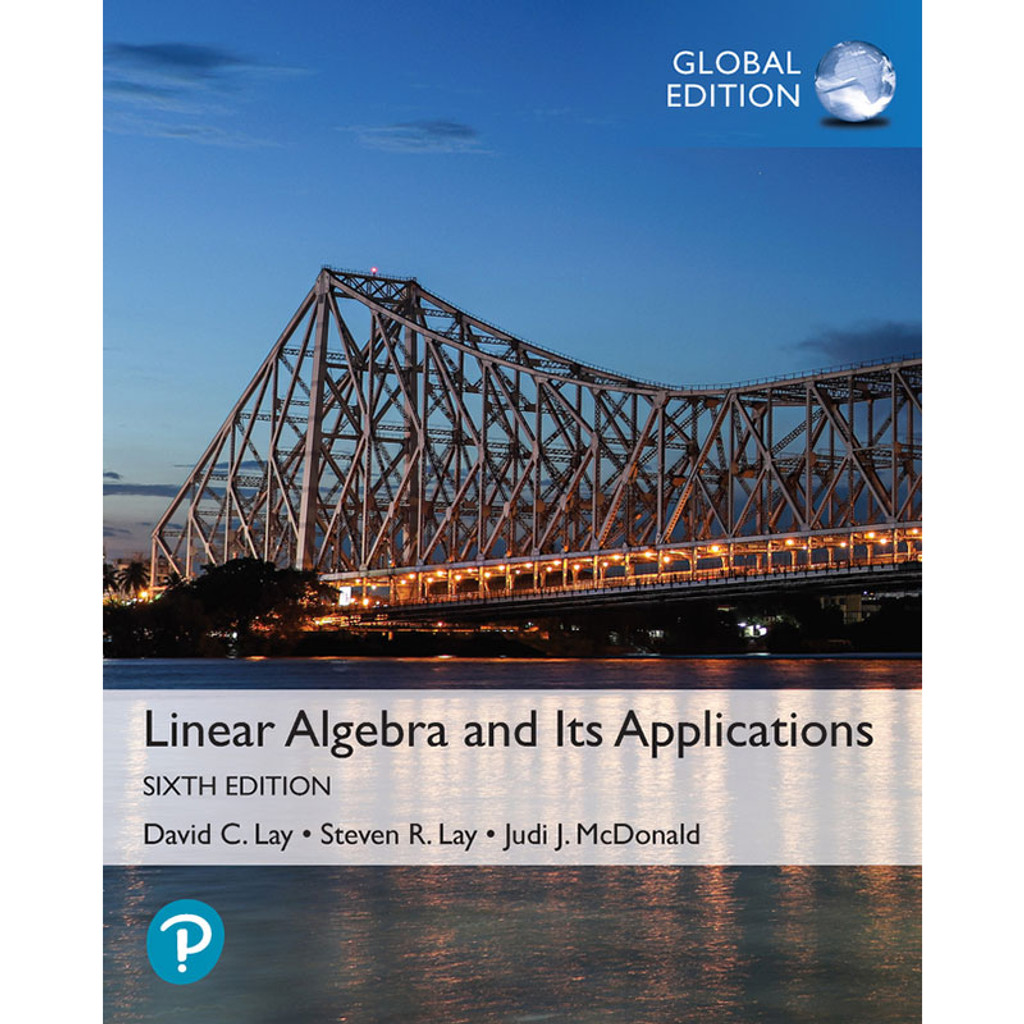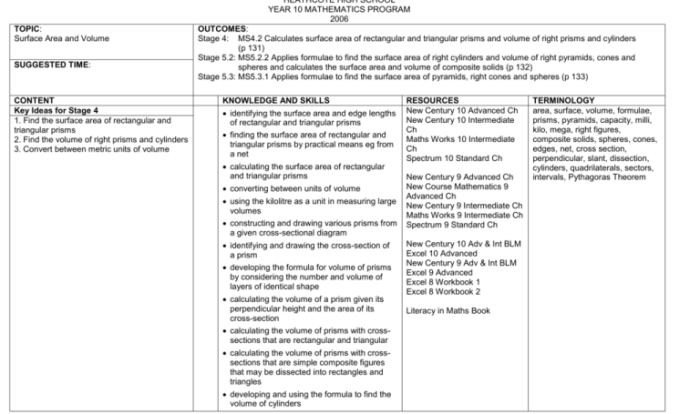Linear algebra and its applications 6th edition answers – Welcome to the realm of linear algebra and its applications, where matrices and vectors dance in harmony to unravel the mysteries of the world around us. This comprehensive guide, “Linear Algebra and Its Applications 6th Edition: Answers,” provides a thorough exploration of the fundamental concepts and practical applications of this fascinating field.
Through clear explanations, engaging examples, and a wealth of practice problems, this guide empowers students and practitioners alike to harness the power of linear algebra to solve complex problems in physics, engineering, computer science, and beyond.
Introduction to Linear Algebra

Linear algebra is a branch of mathematics that deals with vector spaces, matrices, and linear transformations. It is a fundamental tool used in many fields, including physics, engineering, computer science, and economics.
Vector spaces are sets of vectors that can be added and multiplied by scalars. Matrices are rectangular arrays of numbers that can be used to represent linear transformations. Linear transformations are functions that map vectors to vectors and preserve the operations of vector addition and scalar multiplication.
Vector Spaces
Vector spaces are defined by a set of vectors, a set of scalars, and two operations: vector addition and scalar multiplication. Vector addition is the operation of combining two vectors to get a third vector. Scalar multiplication is the operation of multiplying a vector by a scalar to get another vector.
Vector spaces have a number of important properties. One of the most important properties is that vector spaces are closed under vector addition and scalar multiplication. This means that the sum of two vectors is always a vector, and the product of a vector and a scalar is always a vector.
Linear Independence, Linear algebra and its applications 6th edition answers
Linear independence is a property of sets of vectors. A set of vectors is linearly independent if no vector in the set can be written as a linear combination of the other vectors in the set.
Linear independence is important because it allows us to determine whether a set of vectors can be used to span a vector space. A set of vectors spans a vector space if every vector in the vector space can be written as a linear combination of the vectors in the set.
Matrices
Matrices are rectangular arrays of numbers. They can be used to represent a variety of mathematical objects, including vectors, linear transformations, and systems of linear equations.
Matrices have a number of important properties. One of the most important properties is that matrices can be multiplied by each other. The product of two matrices is another matrix.
Types of Matrices
There are many different types of matrices. Some of the most common types of matrices include:
- Square matrices: Square matrices are matrices that have the same number of rows and columns.
- Invertible matrices: Invertible matrices are matrices that have an inverse matrix. An inverse matrix is a matrix that, when multiplied by the original matrix, results in the identity matrix.
- Diagonalizable matrices: Diagonalizable matrices are matrices that can be expressed as a product of two matrices, where one matrix is a diagonal matrix and the other matrix is invertible.
Systems of Linear Equations
Systems of linear equations are sets of equations that can be written in the form Ax = b, where A is a matrix, x is a vector of unknowns, and b is a vector of constants.
Systems of linear equations can be solved using a variety of methods, including Gaussian elimination and matrix inversion.
Matrix Rank
The rank of a matrix is a measure of the number of linearly independent rows or columns in the matrix. The rank of a matrix is important because it can be used to determine whether a system of linear equations has a solution.
Eigenvalues and Eigenvectors
Eigenvalues and eigenvectors are important concepts in linear algebra. An eigenvalue is a scalar that, when multiplied by a vector, results in a vector that is parallel to the original vector. An eigenvector is a vector that, when multiplied by an eigenvalue, results in a vector that is parallel to the original vector.
Eigenvalues and eigenvectors are important because they can be used to solve a variety of problems, including finding the natural frequencies of a vibrating system and the stability of a dynamical system.
Applications of Linear Algebra: Linear Algebra And Its Applications 6th Edition Answers
Linear algebra is used in a wide variety of fields, including:
- Physics: Linear algebra is used to describe the motion of objects, the behavior of waves, and the interactions of particles.
- Engineering: Linear algebra is used to analyze structures, design control systems, and process signals.
- Computer science: Linear algebra is used in computer graphics, machine learning, and data analysis.
Questions Often Asked
What is the significance of linear independence in linear algebra?
Linear independence ensures that vectors in a set are not multiples of each other, allowing for a unique representation of linear combinations.
How are matrices used to solve systems of linear equations?
Matrices provide a systematic way to represent and manipulate systems of equations, enabling efficient solutions using techniques like Gaussian elimination.
What is the role of eigenvalues and eigenvectors in linear algebra?
Eigenvalues and eigenvectors provide insights into the behavior of linear transformations, describing directions of maximum change and stability.


